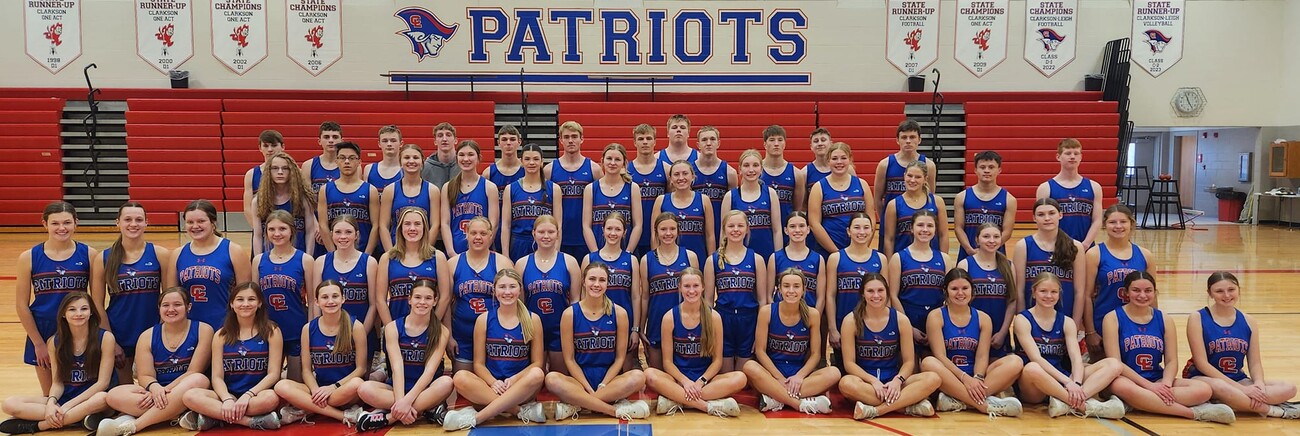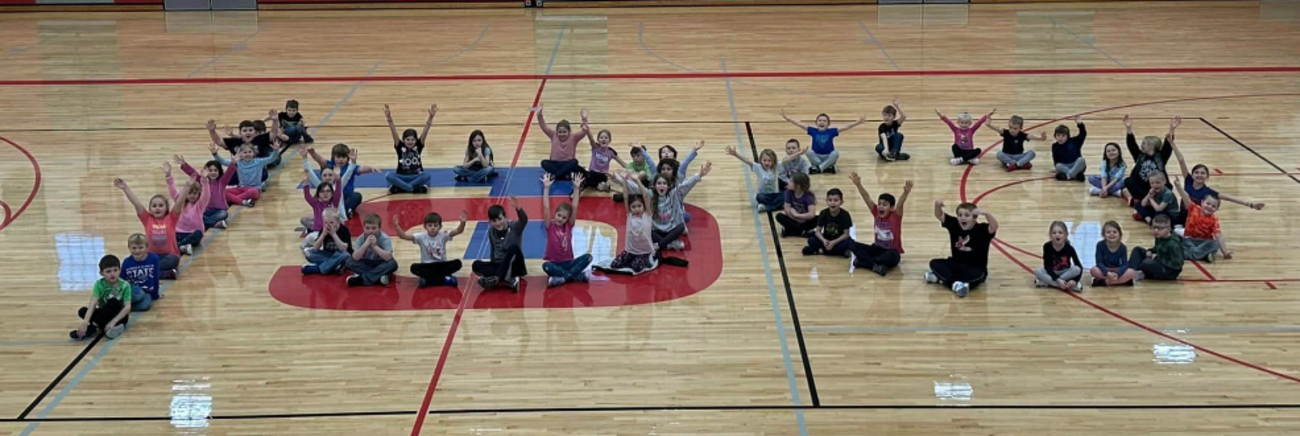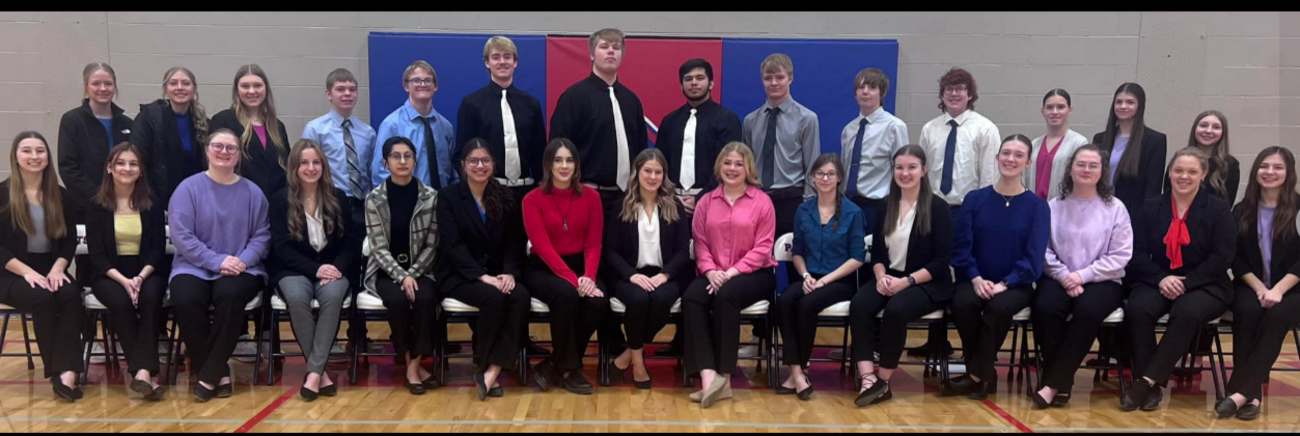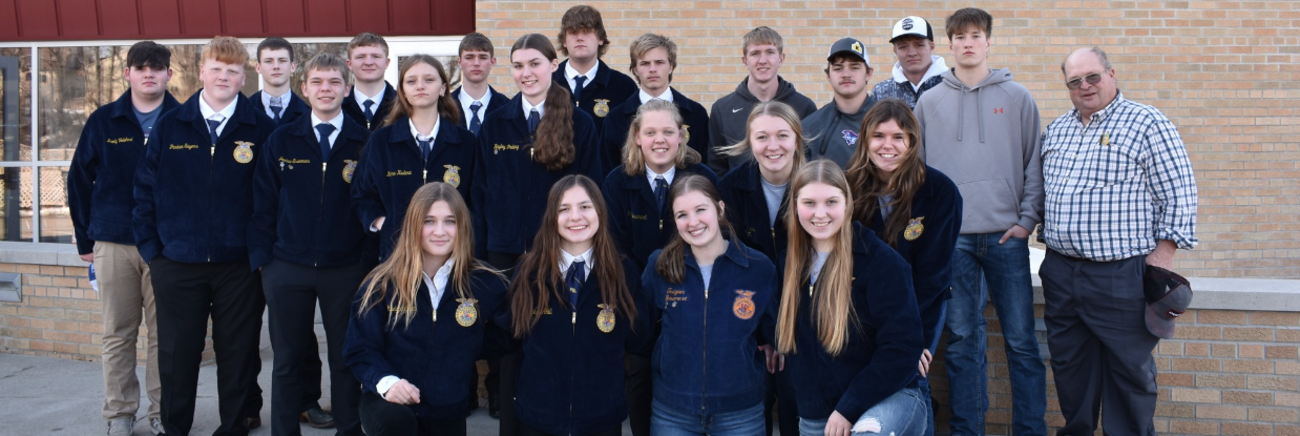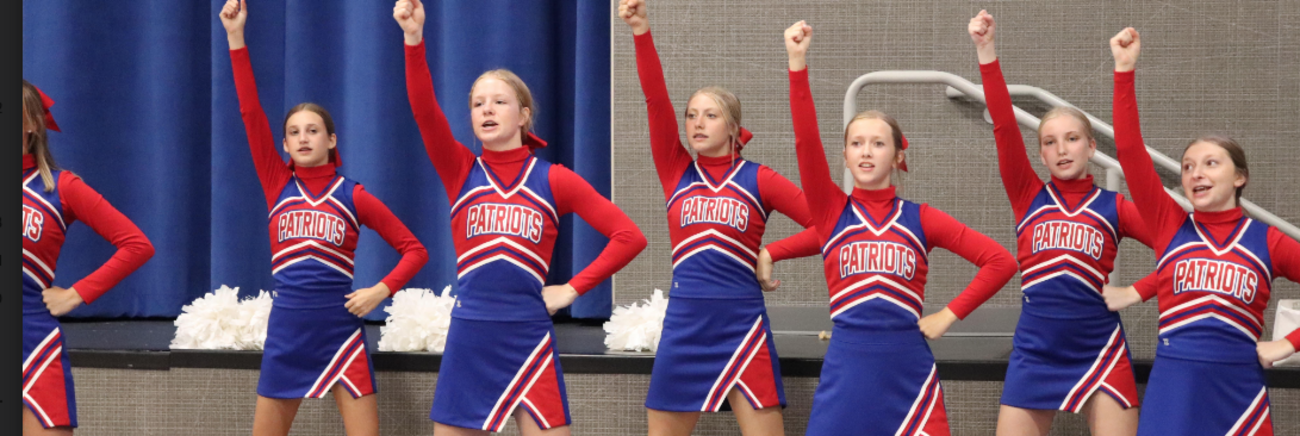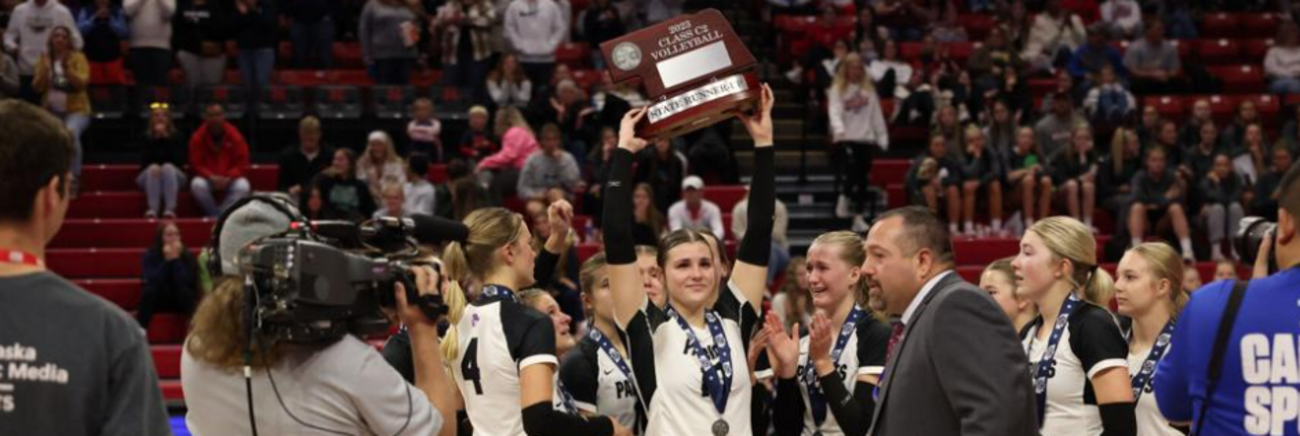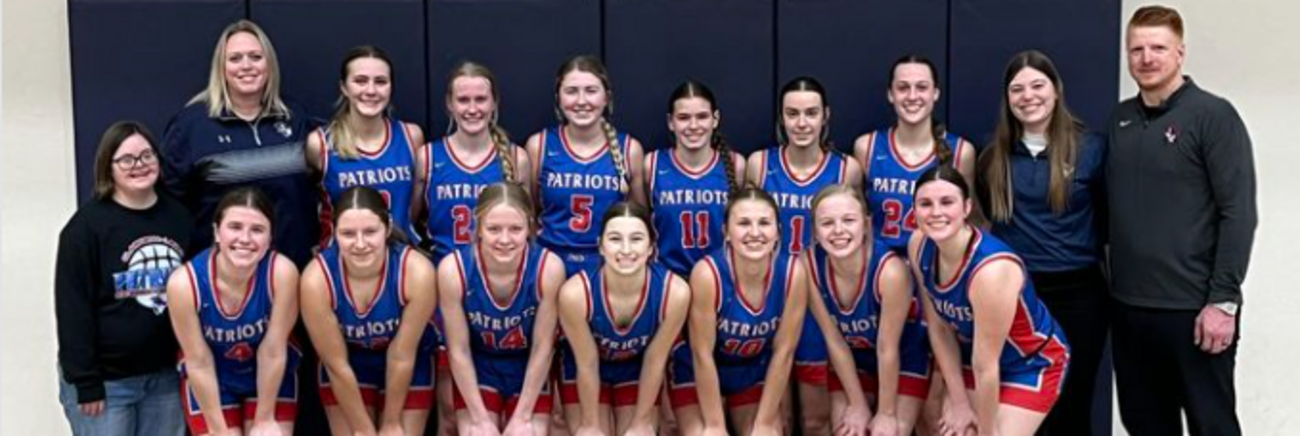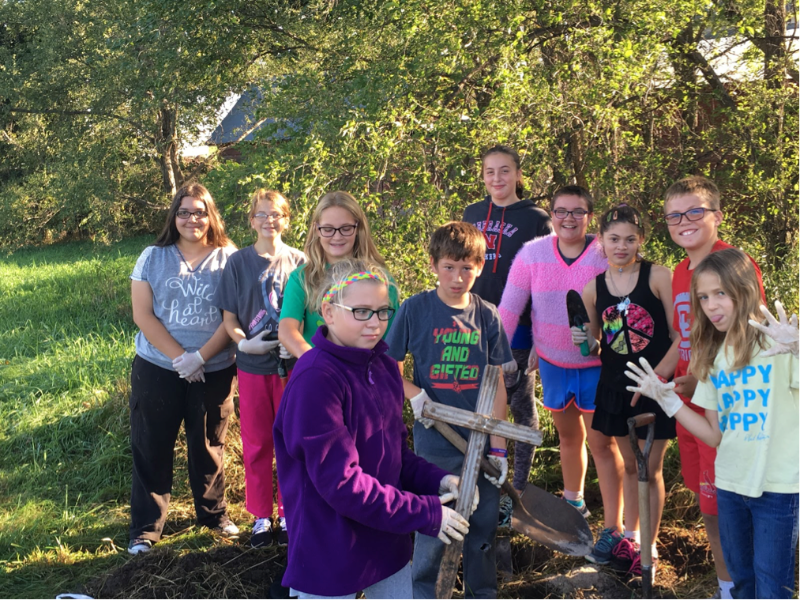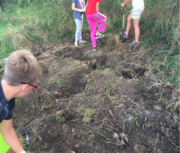Chicken Diggin'
In Mr. Faltys’ 6th grade social studies class we started last week off learning from discovery education, our online textbook. While we were in class, we learned about what archaeologists do. They dig up fossils and artifacts and display them in museums. Mr. Faltys told us about how some of the past social studies students mummified and buried chickens as a class project while studying Egyptian mummies and pharaohs. A member of the community donated a hen for the project. The students removed the insides and put them in a plastic bag and put iodized salt inside it to help with preservation. They then wrapped it with toilet paper. The chicken was placed in a wooden box. The also included jewelry in the box, as the Egyptians did. They dug a hole and buried it on school grounds.
Now that the mummified chickens were buried and had time to decay, Mr. Faltys wanted us to be archeologists and dig them up. The following day we went up to the dig site with our tools from home. As a class, we created a plan and brought things that would help us dig up the chicken such as shovels, gloves, a science kit, scalpels, tweezers, and a change of clothes. Then we also thought that we were going to dig about one or two holes to find the buried chicken, but instead it turned out to be 5 or 6 holes. Eventually, we found a box that was about 2 feet below the ground. When we finally got the box out of the hole we opened it and took the chicken out and put it on a pan. Then we split up into groups, half of the class was digging holes and the other half was looking at the chicken. The group that was looking at the chicken tried to find the bones and look at the chicken’s intestines. The digging group was trying to find the other chickens that were buried by past social studies classes. It took a lot of time to dig up all of the chickens and in one of the holes it smelled odd and we thought that the chicken was there. But there was no chicken in that spot, it was just a misunderstanding. So we had to keep digging and we eventually got tired and had to switch jobs.
What do you think a mummified chicken looks like after being buried for at least a year? The chicken had a lot of skin covered in feathers and that made it hard to look for the bones mostly because the scalpel didn’t cut properly. All of the intestines were inside of a bag. In the bag there was a lot of gross yellow goop and we couldn’t get it out of the bag. It had a weird and slimy texture. Inside of the bag there was a heart and something that looked like it’s large and small intestines. The eyes of the chicken had decayed. Inside of the chicken there was more yellow goop, that we think might be digested food, but no blood was found. The chicken had a distinct smell that stuck with us for days!
As archaeologists, we had to work together as a team. We learned how to compromise with each other to accomplish a goal. Drew Beeson said, “I learned how hard it was to dig up something when you don’t know exactly where it is. It’s hard for archeologists to find things.” “We learned how important teamwork is, and that none of us would have been able to do it alone,” Ashlynn Cropp chimed in. Hazel Mundt added, “I learned how careful archeologists have to be with the bones. My favorite part was deboning the chicken. It might have been disgusting but I loved it!” “I liked seeing what artifacts were in the box with the chicken,” Ella Kappel said. “My favorite part was digging holes and finding the chicken,” Natalie Corona shared. “But if we do this again I will bring something to plug my nose!” said Mady Janousek. Chicken diggin’ was definitely an experience that we will never forget!


